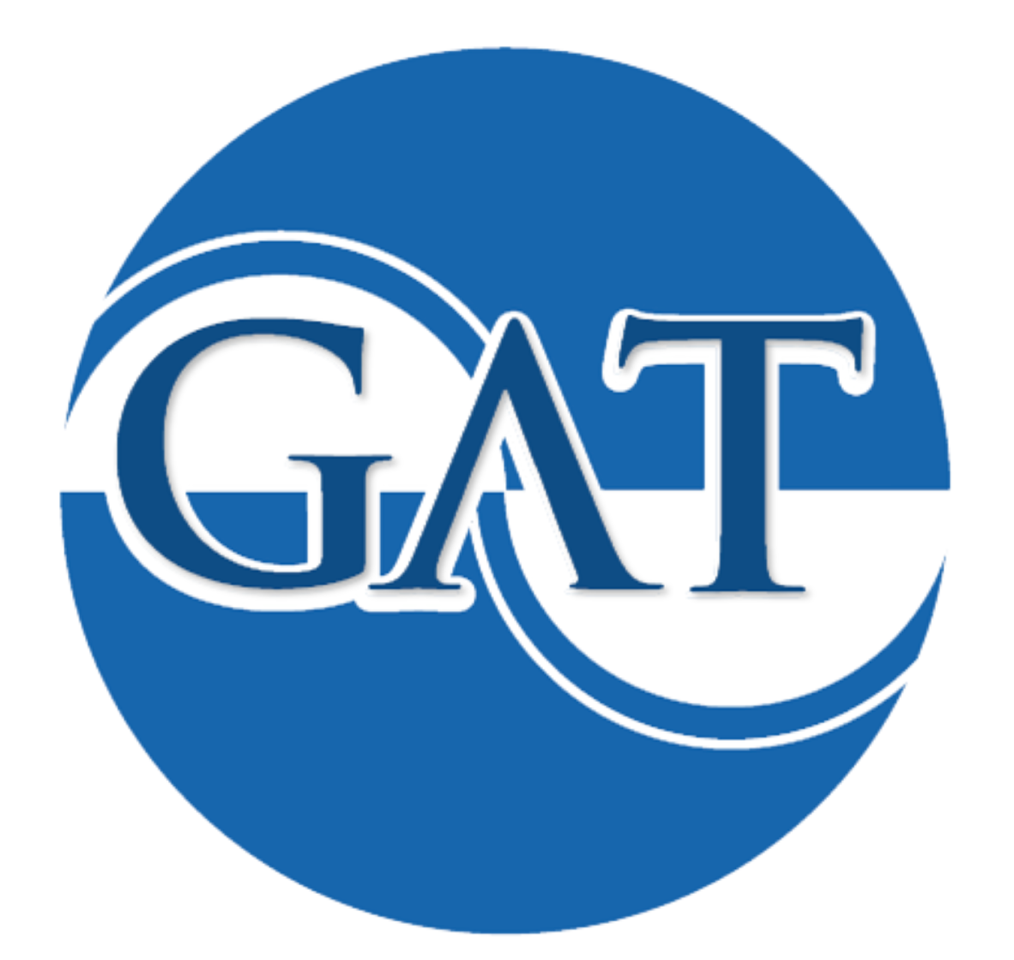
Throwback Series: Managing childhood glaucoma in a resource-limited locale

Oluwatosin U. Smith, MD, reflects on early experiences caring for pediatric patients with complex glaucoma and how evolving tools and advancing science have reshaped treatment options over the decades.
In celebration of Ophthalmology Times’ 50th anniversary, leaders revisit a memorable “throwback” case from earlier in their careers. In this special series, they reflect on how evolving knowledge, techniques, and technologies have transformed the way such cases are managed today. Join us as we look back at pivotal moments in their professional journeys — and explore how far the field has come.
This episode explores the early challenges of managing childhood glaucoma in a locale with limited subspecialty resources. The ophthalmologist—Oluwatosin U. Smith, MD, Glaucoma Associates of Texas in Dallas—recounts the challenges of caring for young patients whose disease often required multiple surgical interventions over time. Not only have today’s tools changed, but the science itself has advanced, reshaping care for pediatric patients with complex glaucoma.
“Some of the more complex things that I’ve done in my profession are childhood glaucoma,” Smith said, noting that her early experiences were shaped by her time at the University of Mississippi, where she served as the only glaucoma specialist for a large region. “There was nobody south of Memphis and north of New Orleans, so I was it for the state of Mississippi.”
Her affinity for working with children made patient interactions rewarding, but she emphasizes that “their glaucoma is complex, and their glaucoma sometimes doesn’t cooperate with you.” Managing these cases often required creativity and persistence. She recalls that many of her young patients “may have had a goniotomy, did okay for a certain length of time, that then moved on to having a tube shunt in the eye.”
Looking back, Smith reflects on how limited the surgical and pharmacologic options were at the time. “I look back at that time and what I think about is the opportunity to have some of what we have now, like off label,” she said. “I do use Xen gel stents in kids, and they have beautiful blebs, and their pressure’s controlled. It leaves me room for later down the road to possibly put that tube shunt, which would be their next treatment option in the eye.” She adds, “I wish that was available at that time, but it is available now.”
Smith highlights the progress in glaucoma management over the past few decades. “I always count it a privilege to live in the times that we live in,” she said, noting the shift from limited pharmacologic options—“when timolol and pilocarpine were kind of what your options were”—to the advent of latanoprost (Xalatan), which she recalls “was seen as a wonder drug.”
She also reflects on the evolution of selective laser trabeculoplasty (SLT). “Being able to be here now, be here at a time when SLT got on market and see SLT travel all the way to the forefront being a first-line treatment because we had clinical trials that showed us the importance of doing exactly that.”
Smith sees the trajectory of glaucoma care as one of progress and adaptation. “I think the science, too, has evolved over time. A lot has changed. Not only have we had new tools, but new science that helps us continually every day strive to do better for our patients.”
Newsletter
Don’t miss out—get Ophthalmology Times updates on the latest clinical advancements and expert interviews, straight to your inbox.
















































.png)


